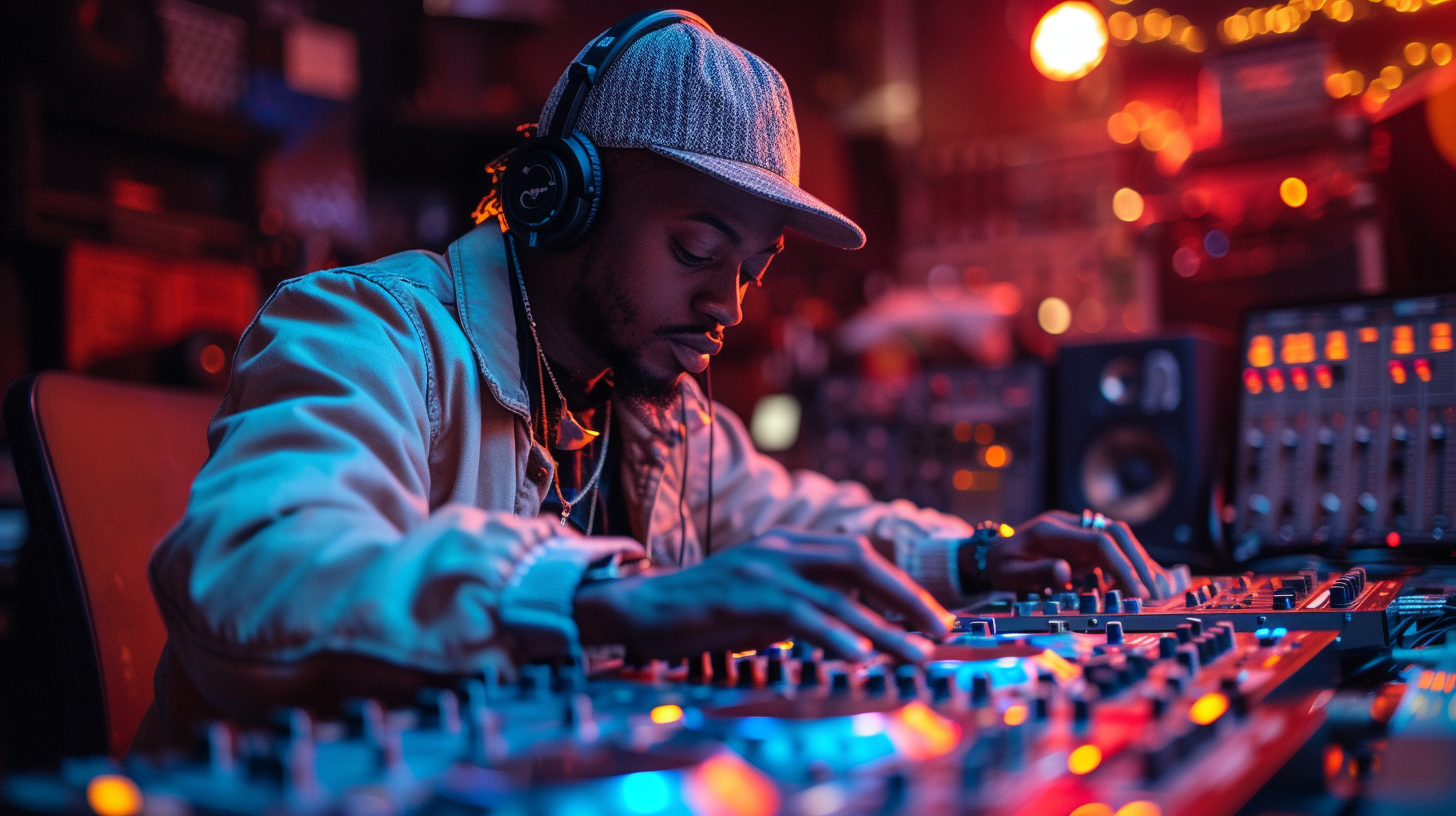From color-shifting washes to pulsing chases, perfectly tuned lighting enraptures crowds and brings DJ sets to life. But without the right control gear, even the most advanced fixtures fall flat.
This guide breaks down key considerations for selecting and setting up an intuitive, fully-featured lighting controller for DJs.
Let’s cut through the overwhelming controller options and techniques so you can put together an electrifying show in no time.
What Is The Best Way To Control DJ Lights?
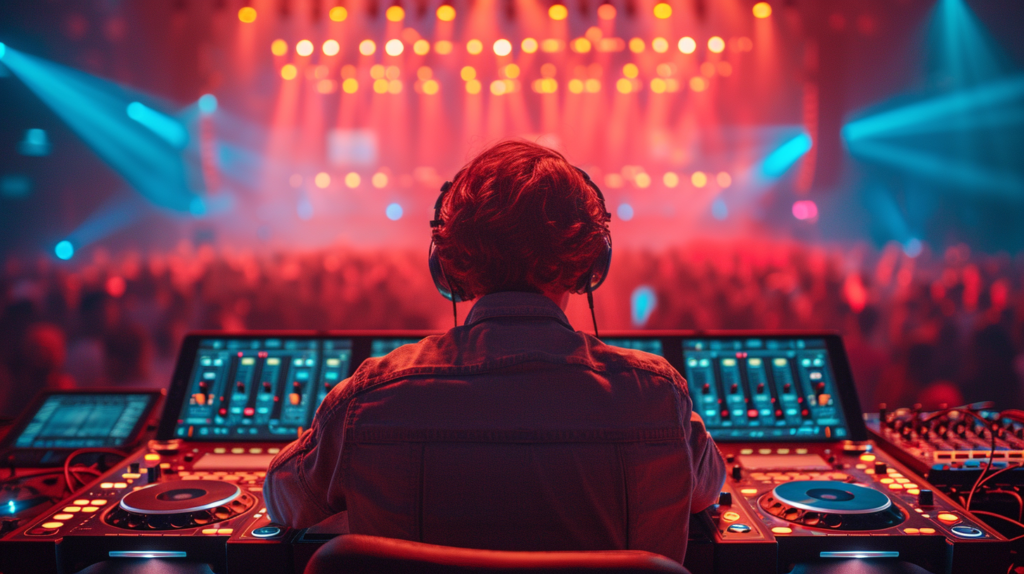
Using an all-in-one DMX lighting controller with built-in chase programs allows easy show control for mobile DJs without extensive programming. We’ll explore the key factors in picking the right DJ lighting controller setup and techniques to sync dynamic light shows with music. Let’s get started!
Choosing the Right Lighting Controller
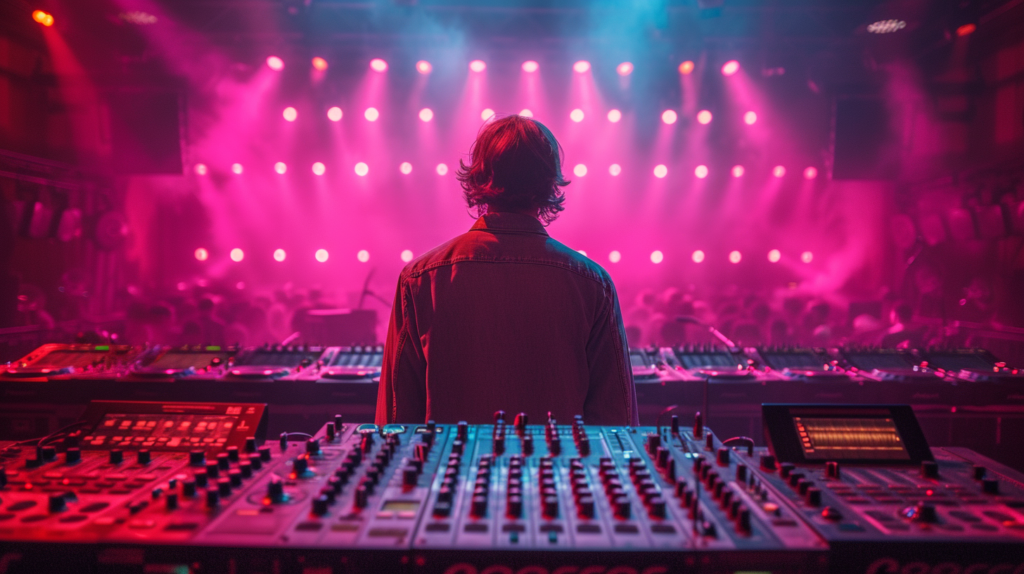
There are a few key considerations when selecting a lighting controller for DJ lights. The most important factors are the protocol, budget, number of channels needed, and compatibility.
The protocol refers to the system the controller uses to communicate with lighting fixtures. The most common protocol in the entertainment lighting industry is DMX512. DMX controllers allow granular control over each fixture’s settings. Another option popular with DJs is MIDI, which synchronizes lighting changes to music tempo.
Budget plays a huge role in choosing equipment. Entry-level lighting boards for beginners retail between one hundred to five hundred dollars, while professional gear for large shows can cost thousands. It’s best to buy equipment that meets current needs, allowing room to upgrade over time if necessary.
The number of controllable channels also dramatically affects cost. For example, a basic DMX controller with six channels provides individual control over just six lights or groups of lights. Consider both current and future setups when deciding how many channels are required.
It’s also important lighting controllers properly integrate with club gear. Factors like physical construction, available connections, and configuration software affect long-term compatibility. Consult experts to ensure the controller works flawlessly with existing or planned equipment.
There are numerous controller options available for DJs from leading brands like Chauvet, ADJ, Elation and American Audio. All-in-one boards with built-in lighting programs offer the most convenience for mobile DJs. Club installs are often better served by modular systems allowing customized programming.
Setting Up the Lighting Hardware
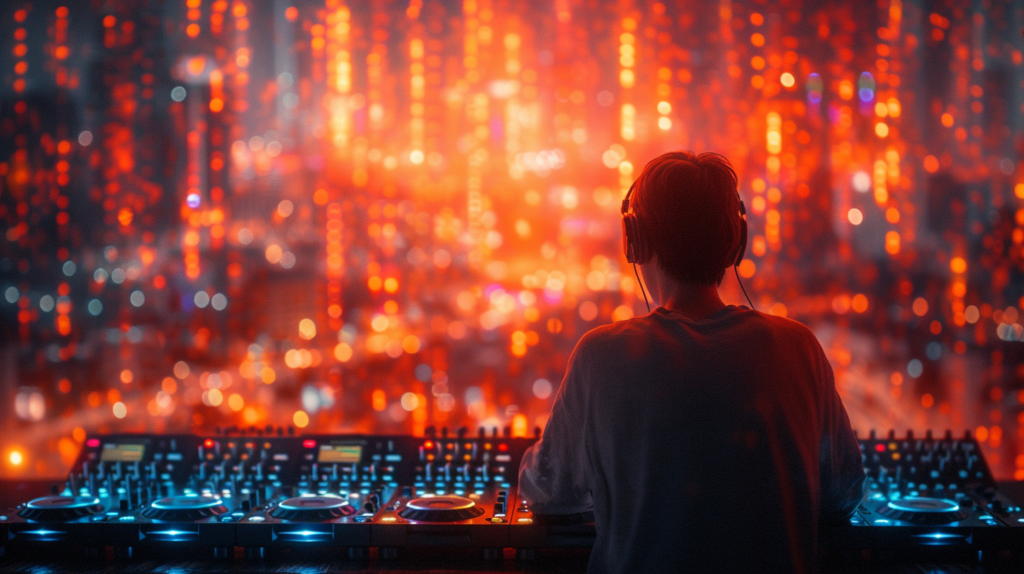
Rigging lighting hardware safely is critical, as improperly positioned units can pose serious risks to people below. Carefully following the manufacturer’s guidelines for mounting height, position and tilt angle prevents fixtures from loosening and falling. It also enables optimal coverage for washes, scans and effects.
Uplighting placed on the ground pointing upwards creates ambient light. Positioning fixtures around the perimeter pointing towards the center accentuates architectural elements and makes spaces feel more dynamic. For maximized dance floor coverage, locate wash lights overhead pointing down at around a forty-five degree angle.
Laser projectors should sit outside people’s direct line of sight to avoid exposure injuries. Strobes require strategic placement to avoid triggering health conditions like epilepsy, so check local laws and venue safety policies.
DMX cabling connects lighting controllers to fixtures for control signal transmission. Use DMX cables specifically, not generic XLR, to ensure adequate protection from interference. Always run AC power separately from control wires to avoid electrical noise that can disrupt signals.
Each unit plugged into a DMX chain requires a unique address for the controller to identify. Set addresses according to fixture type and location noting values in a lighting plot. Address in numeric order leaving logical gaps for adding future units. Use manufacturer specifications to address multiple pixels in intelligent fixtures.
Programming Scenes and Chases

Scenes are static lighting looks commonly focused on a certain saturated color like red or green. Program scenes by setting fixture intensities to the desired level, then saving into a numbered cue for recall. Start with 10 or 20 basic color scenes, adding more for variety.
Sound-activated programs make lighting dance to music without programming cues. These prebuilt effects offer effortless integration, detecting track tempo and drum hits to modulate lights. Enable programs using the controller menu rather than overwriting manually created cues.
Chases sequence through programmed lighting states to create eye-catching movement. Set at least three consecutive cues or longer, adjusting fade times to establish a smooth transition between steps. Link chases to music by timing fades to match the beat. Offset overlapping chases to interweave hypnotic effects.
Four count RGB chases are easy to create and extremely versatile. Construct by programming three cues – the first all red, second all green, third all blue. Insert a zero-intensity pause as the fourth step, allowing hues to mix beautifully on the dance floor. Start chases on downbeats or cue changes then tweak speed for seamless musicality.
Mixing and Controlling Lights Live
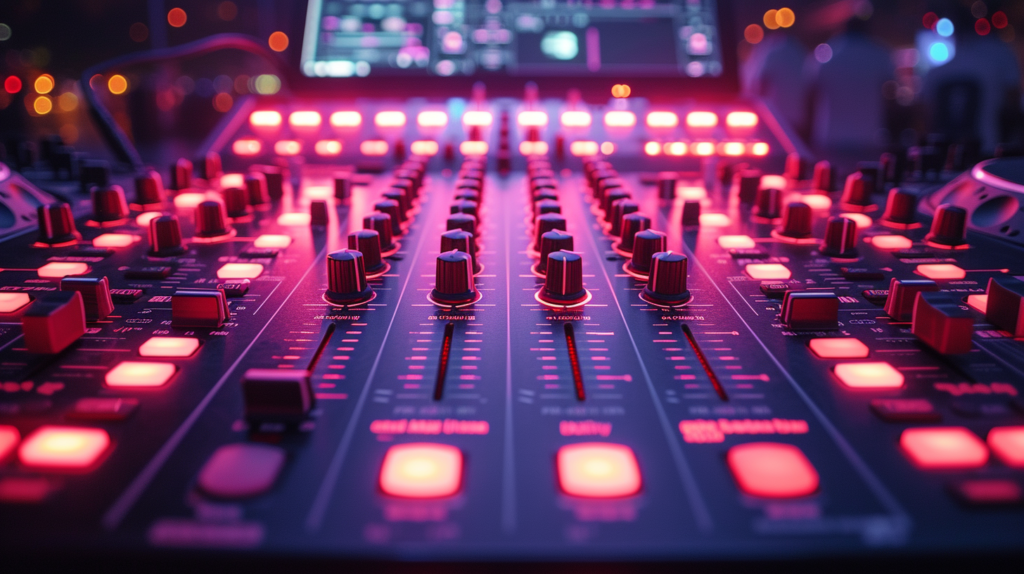
Blending color scenes is essential for creating custom looks. For example, simultaneous intensity on amber white and UV fixtures generates a purple wash. Crossfade complementary scenes like magenta and green to fluidly pass through the color spectrum.
Use slider or knob faders for realtime control over variables like intensity, speed, and waveform effects. Bind faders to grouped fixtures for on-the-fly adjustment of zone brightness. Connect chases to faders for manual synchronization with song sections and measures.
Save programmed cues specifically timed to key moments in tracks for transition-oriented DJ sets. Launch cues as a track hits a one minute outro or final chorus to accentuate energy. Ensure accurate timing by editing to musical structure or timestamped cue points rather than elapsed time alone.
When transitioning between vastly different lighting states like a red wash into an RGB chase, avoid abrupt jumps by quickly crossfading through an intermittent neutral scene. Keep transitions tight, around four counts, to maintain the set’s forward momentum. Time signature changes present excellent mix point opportunities.
Advanced Control Features
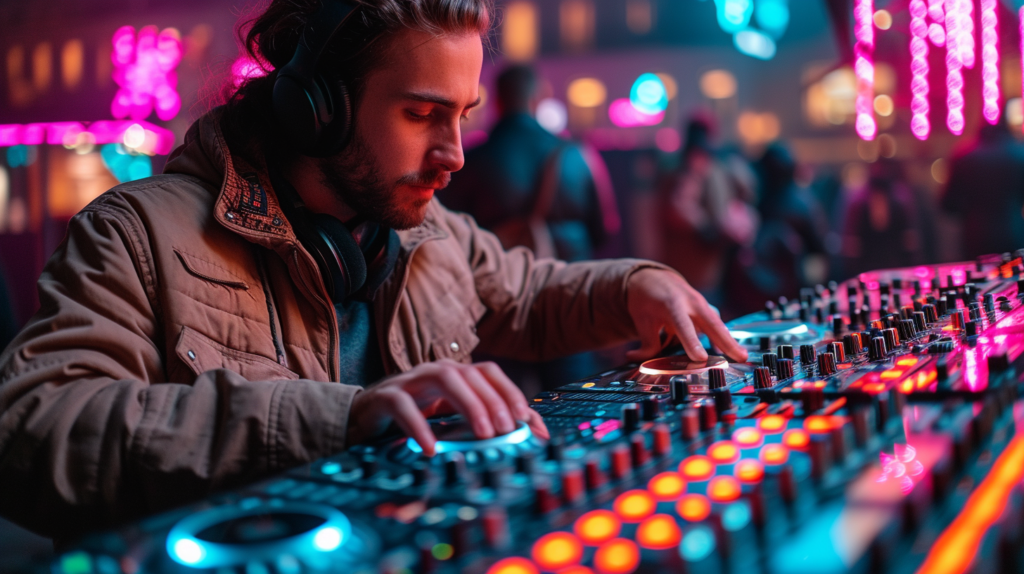
For complete show control, program a succession of songs with accompanying cues into a cohesive sequence called a cue list. Launch each entry using GO buttons to progress the narrative, or leverage timecode CDs. Use wait times between cues for flawless synchronization.
Many controllers integrate with phone and tablet apps for wireless remote control without running to the booth. Adjust fixture settings, colors, effects speed and save snapshots for on-the-fly adjustments anywhere in the venue. Use multiple networked devices to divide zone control between team members.
MIDI timecode passthrough streams tracks directly from a media player into lighting software for near-perfect sync. The app reads track metadata like bpm to automatically calibrate effects. Some DJ consoles output MIDI natively, allowing lightning-fast mapping to cue points.
For dynamic shows where lights react to music, connect an audio output directly to the controller. Built-in music trigger tools sample frequency and amplitude in real time, translating signals to modulation parameters. The result? Music-reactive effects matched to each song’s distinct signature.
Consider pixel-mapped LED video panels for displaying custom graphics, simulated fluorescent lights, camera feeds and media clips. Many lighting design software platforms offer visualizer tools to help pre-plan intricate shows. For budgets allowing, media servers represent the ultimate versatility for customizable DJ lighting.
Conclusion
The ability to take command of lighting transforms a DJ’s performance, helping generate excitement and anticipation through colorful interplay. While advanced control requires an investment of time and equipment, fundamental techniques are easily accessible even on basic controllers. Rethink lighting not just as illumination but a dynamic medium synergizing music and venue.
